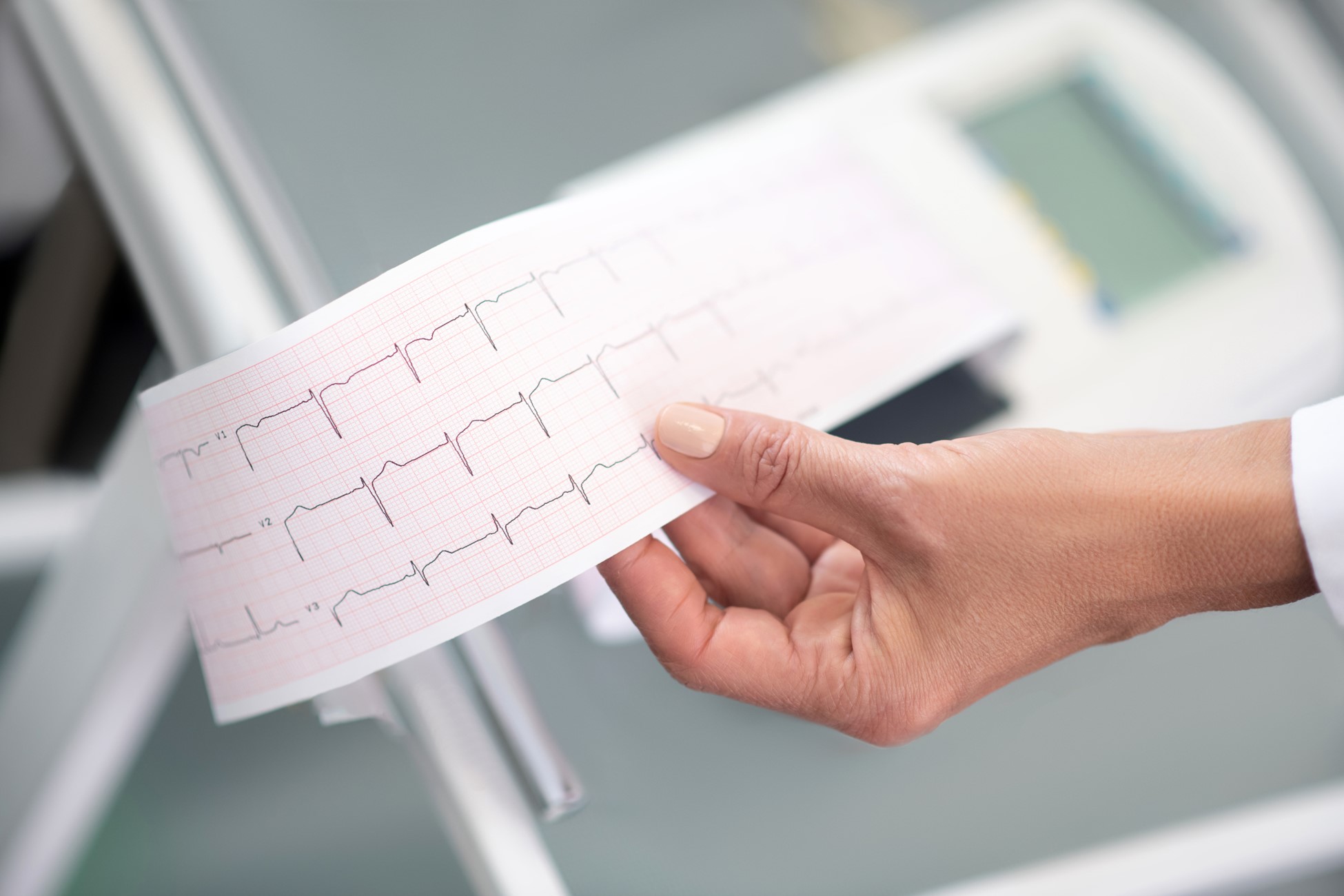Understanding heart rhythms can be confusing, and conditions like supraventricular tachycardia (SVT) add to the curiosity. Many wonder, “Is supraventricular tachycardia dangerous?” Generally, the answer is no; it’s not life-threatening for most people. However, it’s crucial to know its impacts, especially if you have underlying health issues.
In this blog, we aim to shed light on supraventricular tachycardia – highlighting its symptoms, typical experiences, and management strategies. Our goal is to equip readers with the knowledge to identify and effectively address this heart rhythm disorder.
Understanding Supraventricular Tachycardia (SVT)
Supraventricular tachycardia (SVT) is a condition where the heart beats faster than usual. This rapid heartbeat starts above the heart’s bottom chambers, the ventricles. People with SVT might feel their heart racing, fluttering, or pounding in their chest. It’s not always easy to know what those sensations mean, and they can often be quite alarming.
Common symptoms include:
- Heart pounding
- Feeling faint or dizzy
- Trouble breathing
These symptoms can understandably cause worry. However, what differentiates SVT from other heart rhythm problems is that, in most cases, it’s benign. This means it typically doesn’t lead to severe health issues.
Understanding these symptoms is the first step. It helps you recognize when something’s off. But remember, while SVT usually isn’t dangerous for healthy people, it’s essential to stay informed. Keeping an eye on your heart health can help manage things better.
Decoding the Dangers: When SVT Becomes a Concern
You might be asking yourself, “Is SVT dangerous?” For most, it’s not. However, there are situations where it warrants more attention. SVT can pose risks, particularly for individuals with existing heart problems—or those who might not be aware of underlying issues.
Possible complications include:
- Passing out
- Heart problems getting worse
- A small chance, though rare, of sudden heart issues
For those with heart diseases, thyroid problems, or unhealthy lifestyle habits, supraventricular tachycardia may become problematic. In these cases, fainting or more serious consequences can occur. That’s why knowing the risk factors is vital for your peace of mind and health.
How to reduce risks?
- Identify Risk Factors: Know your heart health status.
- Lifestyle Choices: Eating right, avoiding excessive caffeine or alcohol, and managing stress can help low-risk individuals.
- Regular Check-ups: Keep up with doctor visits if you have any health concerns.
An early catch and addressing risky lifestyle choices can significantly prevent serious complications. While SVT itself isn’t generally seen as dangerous, managing it well can stop it from becoming a bigger issue.
Managing and Preventing SVT: Keeping Your Heart in Check
Knowing if supraventricular tachycardia is dangerous starts with early recognition and care. An early diagnosis makes a huge difference. Regular follow-ups are vital for anyone experiencing repeated heart episodes. But how can you manage SVT?
Ways to manage and prevent SVT include:
- Medicine: There are drugs designed to help control heart rhythm. These are available for those who need them, on a doctor’s advice.
- Medical Procedures: Ablation, a type of simple procedure, might be an option. It targets the cause of abnormal rhythms and helps those needing more than medication.
Besides medical help, lifestyle choices play a big role. Here are changes to consider:
- Limit Caffeine & Alcohol: These can speed up your heart rate. Try cutting back as much as you can, and see how your body responds.
- Stress Management: Stress influences heart rhythm, so finding effective ways to cope—like meditation or yoga—can be beneficial.
- Healthy Eating: A heart-friendly diet is helpful. Focus on balanced meals with lots of fruits, veggies, and grains.
The key in managing SVT is to stay proactive. With the right approach, people with supraventricular tachycardia can lead normal, active lives. It’s about being informed, diligent, and working with healthcare providers who can give the right treatment tailored to your needs.
Never hesitate to seek medical advice if you’re uncertain about symptoms or risks. This ensures you’re always putting your heart health first. So, is supraventricular tachycardia dangerous? Not if you manage it well and take the right steps to keep your heart in check!

